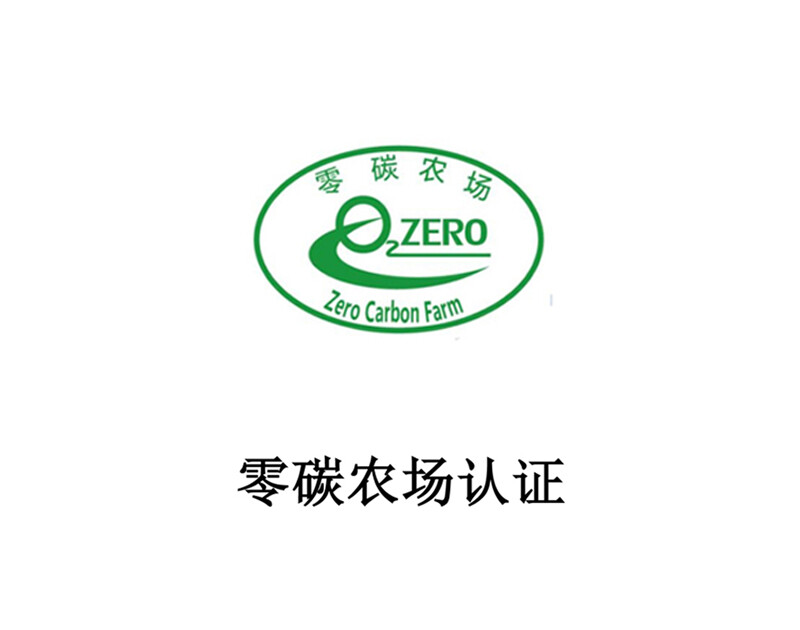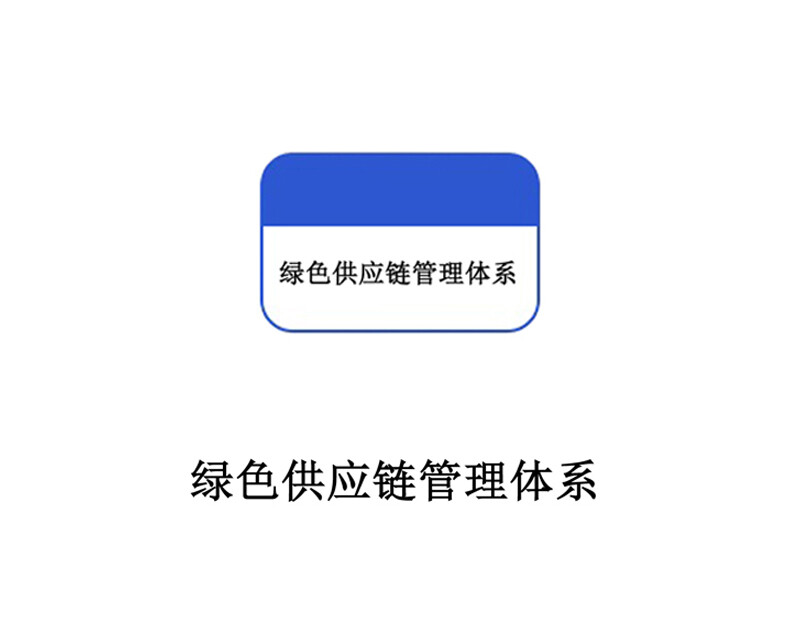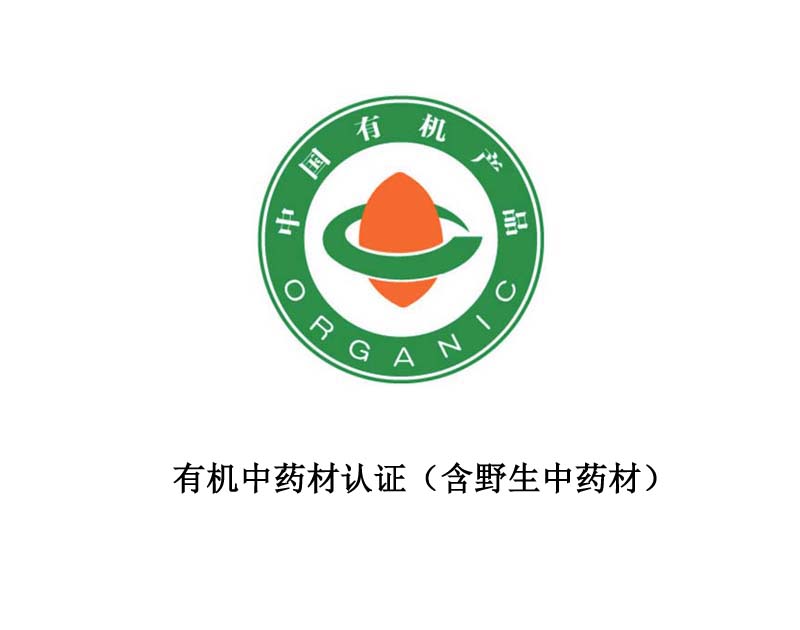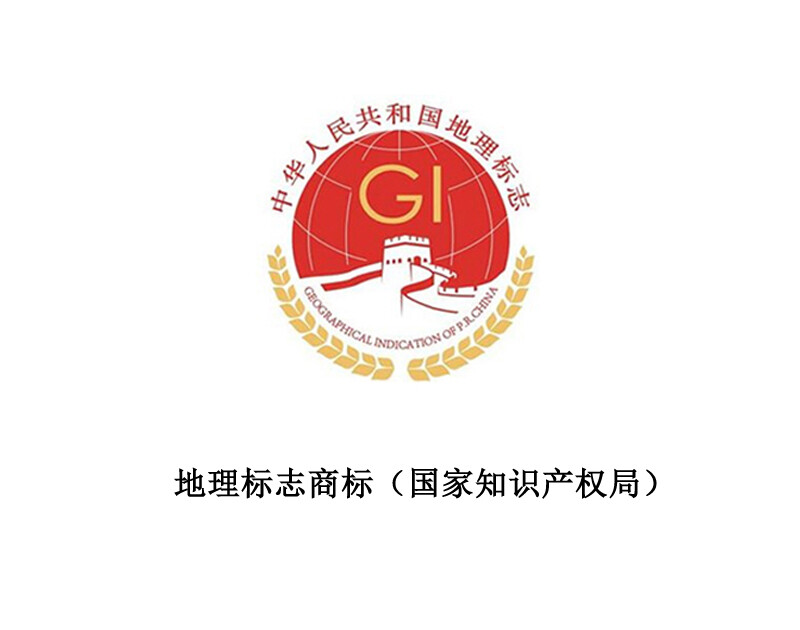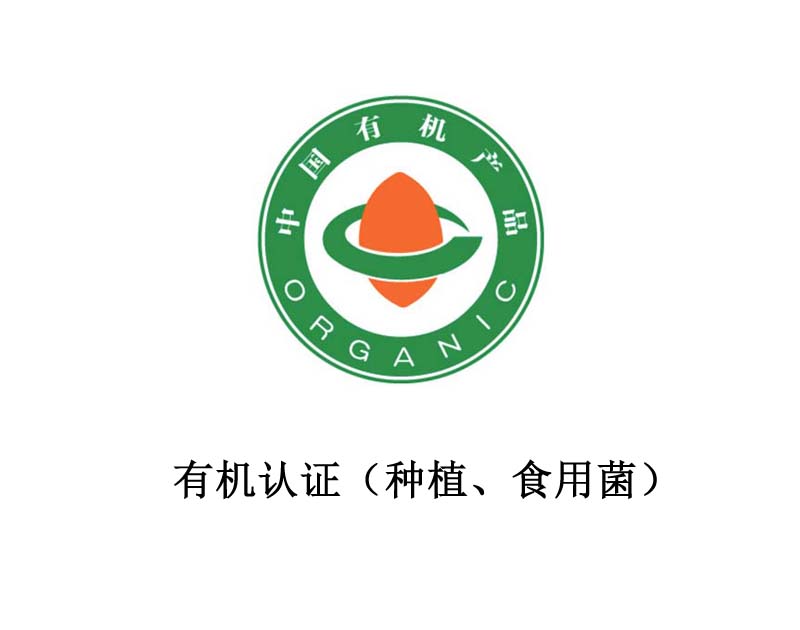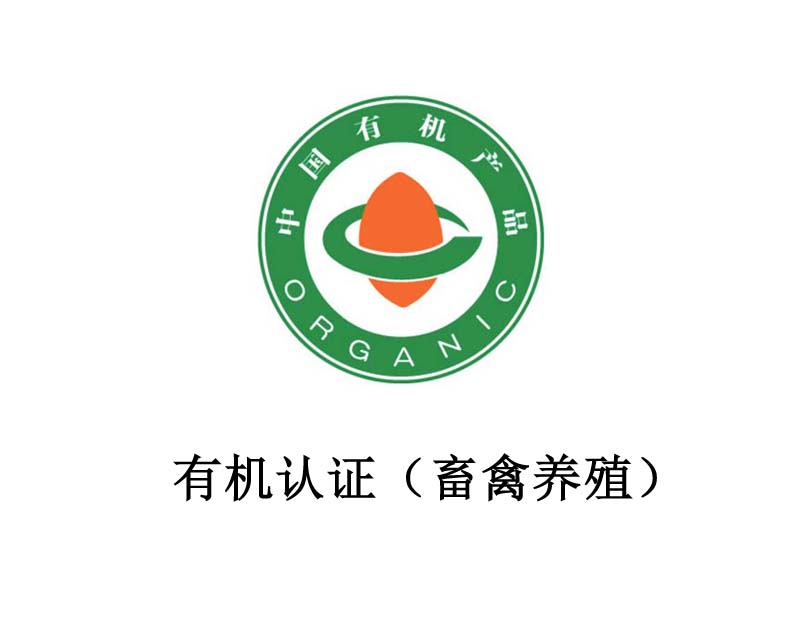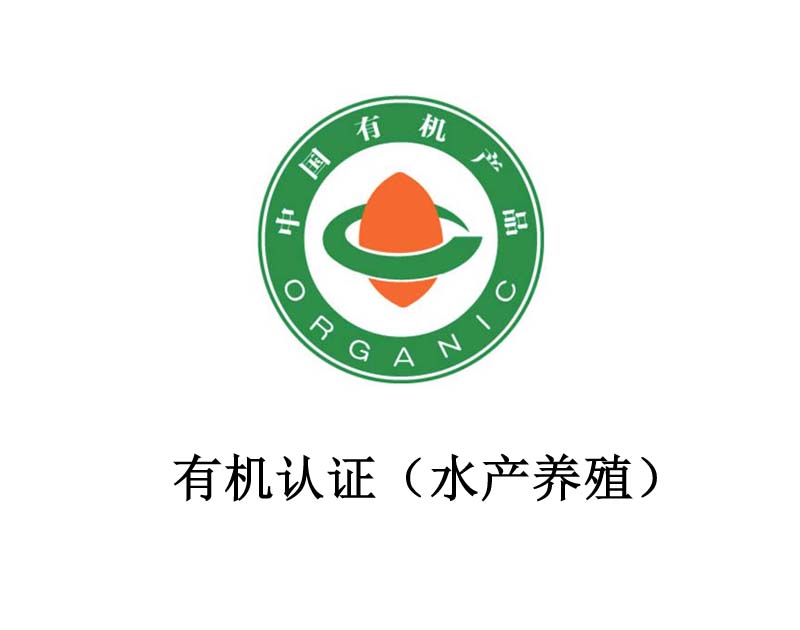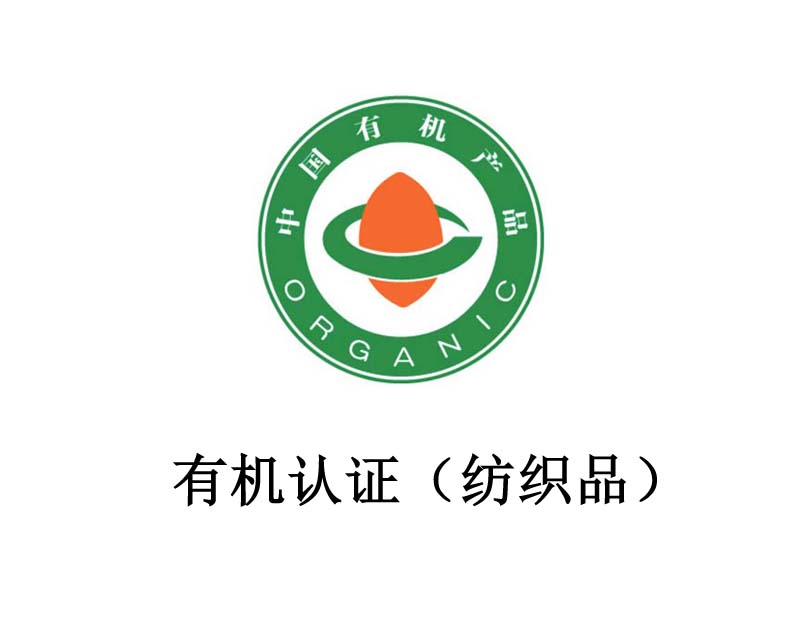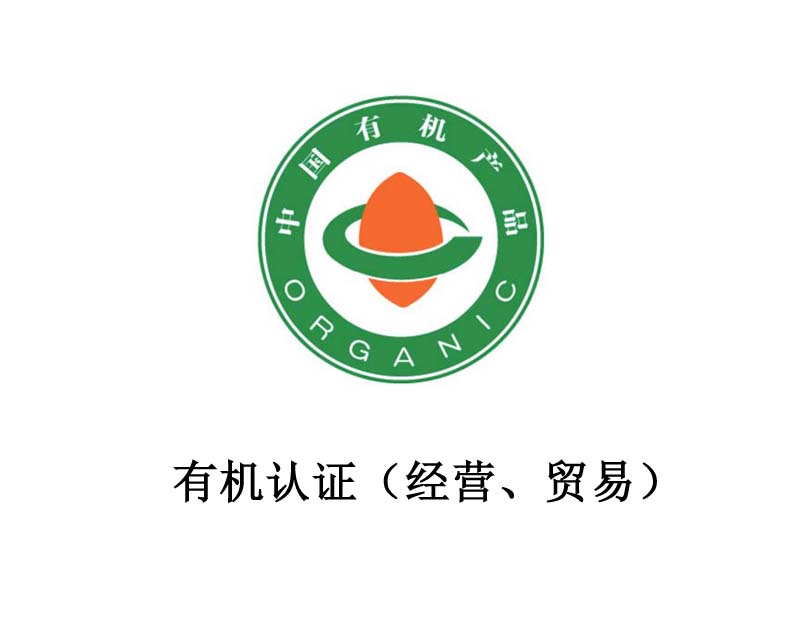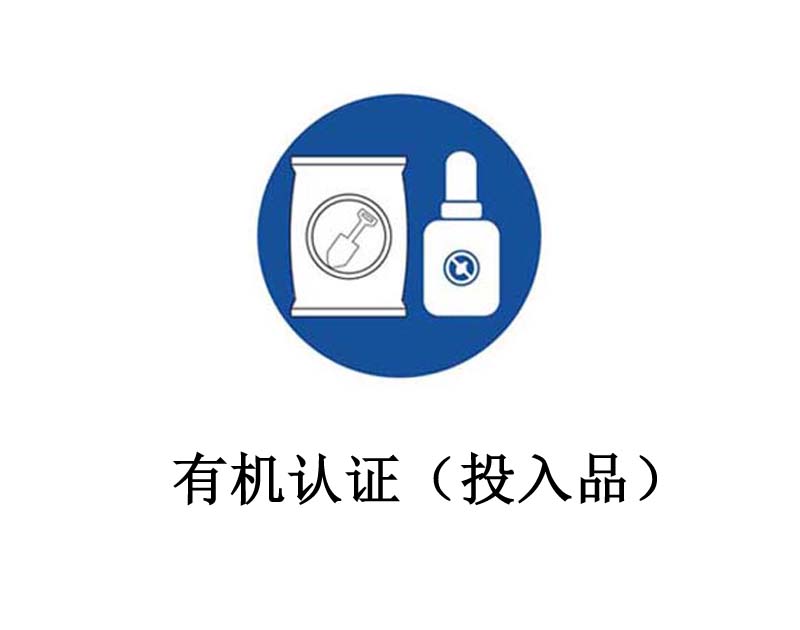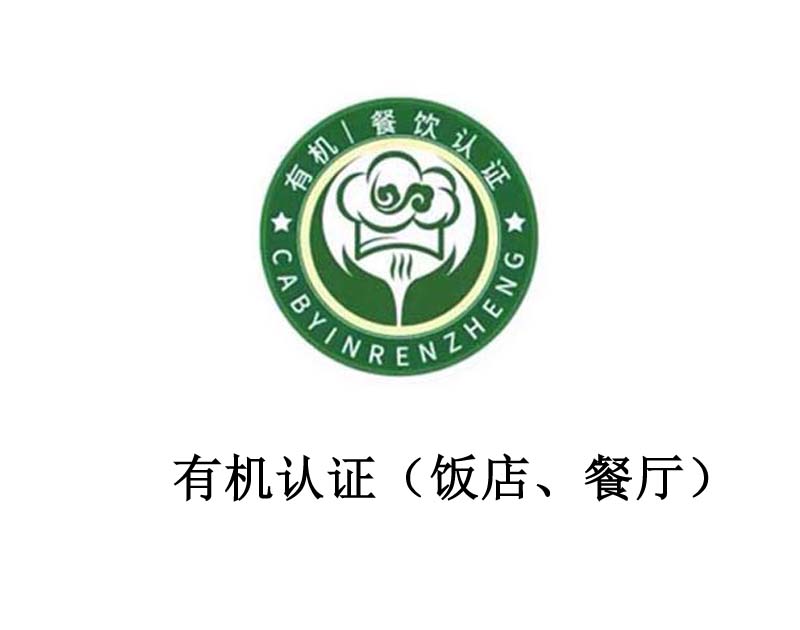Agricultural Product Food Certification Service Network
Technical Support: China Green Huaxing (Beijing) Agricultural Research Institute
Copyright: Guohuan Organic Agricultural Products (Dezhou) Co., Ltd
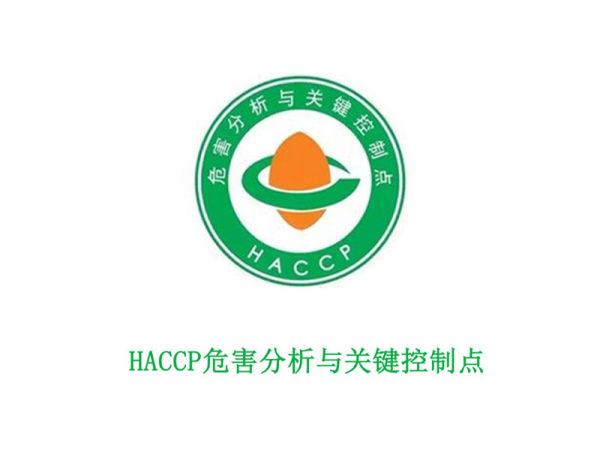
HACCP (Hazard Analysis Critical Control Point) is a scientific and systematic method for hazard identification, evaluation and control. It is applied in the process from the production of primary products to the consumption of final products. Through hazard analysis, the possibility and severity of hazards are determined, and specific hazards and their control measures are identified and evaluated, so as to prevent the occurrence of food safety hazards and ensure food safety.
The concept of HACCP originated in the United States in the 20th century. The HACCP principle was applied in the development of space food and played a very good role, and was quickly promoted and applied throughout the world.
HACCP mainly includes 7 basic principles:
Principle 1: Conduct a hazard analysis.
Principle 2: Identify critical control points.
Principle 3: Establish critical limits.
Principle 4: Establish a system to monitor the control status of critical control points.
Principle 5: Determine the corrective actions to be taken when monitoring results indicate a loss of control at a specific CCP.
Principle 6: Establish a certification program to demonstrate that the HACCP system is operating effectively.
Principle 7: Establish files of procedures and records relating to the above principles and their application.
In the food industry, HACCP is being used more and more widely, and it has gradually evolved from a management means and method to a management model or management system. The International Organization for Standardization (ISO) has worked closely with other international organizations to form a food safety management system based on the HACCP principle, absorbing and integrating the beneficial content of other management system standards.
In order to standardize HACCP system certification, the Certification and Accreditation Administration of the People's Republic of China promulgated the "Implementation Rules for Hazard Analysis and Critical Control Point (HACCP) System Certification" (hereinafter referred to as the Implementation Rules) and the "Basis and Scope of Hazard Analysis and Critical Control Point (HACCP) System Certification (First Batch)" in 2009.
In order to further optimize the food and agricultural product certification system in my country and promote the implementation of Hazard Analysis and Critical Control Point (HACCP) system certification, in accordance with the Food Safety Law of the People's Republic of China, the Certification and Accreditation Regulations of the People's Republic of China and other regulations, the Certification and Accreditation Administration organized the integration of the two certification systems of HACCP system certification for dairy product manufacturers and HACCP system certification for food enterprises into one certification system of HACCP system certification, and integrated the "Implementation Rules for HACCP System Certification for Dairy Product Manufacturers (Trial)" (Announcement No. 16 of the Certification and Accreditation Administration in 2009), the "Implementation Rules for HACCP System Certification for Food Enterprises" into one certification system of HACCP system certification. The "Implementation Rules for HACCP System Certification for Dairy Product Production Enterprises (Trial)" and "Implementation Rules for HACCP System Certification for Food Enterprises" have been integrated and revised. The revised new version of the "Implementation Rules for Hazard Analysis and Critical Control Point (HACCP) System Certification" is now published.
According to the implementation rules, the HACCP system certification certificate is valid for 3 years, and it is required to conduct a supervisory audit on the certified enterprises every year. The first supervisory audit is required to be conducted within 12 months from the last day of the second stage audit. Based on risk analysis, the certification body should plan to implement follow-up investigations on certified organizations by means of unannounced on-site audits, product sampling inspections at production sites, market sampling inspections, questionnaires, etc. The proportion of organizations to be followed up each year should not be less than 5% of the total number of certified organizations. If the number of certified organizations is less than 100, the number of follow-up investigations should not be less than 5.
Hazard Analysis and Critical Control Point (HACCP System) Certification Basis:
Hazard Analysis and Critical Control Point (HACCP) System Certification Requirements (V1.0)
Note: When applicable, in order to meet the needs of importing countries (regions), the certification body may use the General Principles of Food Hygiene formulated by the Codex Alimentarius Commission (CAC) as a supplementary certification basis.
HACCP Hazard Analysis and Critical Control Points FAQs
1. What are hazards and what are the main hazards in the food production process?
Hazards are defined as potential negative health effects caused by biological, chemical or physical agents or conditions. Examples of hazards in the food production process include metal shavings (physical), pesticides (chemical) and microbial contamination, such as pathogens (biological). The main hazards facing the food industry today are microbial contamination, such as salmonella, eco-oxygen 157: H7, preservatives, germs, bacteria, meat bacteria, etc.
2. What is the importance of HACCP?
In the food production process, the early detection of potential hazards determines the importance of HACCP. By controlling the main food hazards, such as microbial, chemical and physical contamination, the food industry can better provide consumers with consumption safety guarantees, reduce the hazards in the food production process, and thus improve people's health.
3. Is the HACCP standard new? Why has the international community attached so much importance to HACCP in recent years?
HACCP is not a new standard. It was developed in the 1960s by the Pierce Company, NASA and a US military laboratory (Natick area). The original intention of establishing the system was to provide food safety protection for astronauts in space operations. In recent years, with the increasing attention paid to food safety and hygiene by people all over the world, the food industry and its consumers have become the main driving force for companies to apply for HACCP system certification. The significant increase in food poisoning incidents worldwide has stimulated the improvement of economic order and food hygiene awareness. In countries such as the United States, Europe, the United Kingdom, Australia and Canada, more and more regulations and consumers require that the requirements of the HACCP system be turned into market access requirements. Some organizations, such as the National Academy of Sciences of the United States, the National Advisory Committee on Microbiological Food Standards, and the WHO/FAO Nutrition Law Commission, agree that HACCP is the most effective management system to ensure food safety.
4. Compared with traditional food safety control methods, what is unique about HACCP?
Traditional food safety control processes are generally based on "centralized" inspections, final product testing, etc., and use the "look, smell, and cut" method to find potential hazards instead of taking preventive measures. Therefore, there are certain limitations. For example, completing food processing work within the specified time, relying on intuition to predict potential food safety problems, and the high cost of final product inspections, in order to obtain meaningful and representative information, there are great difficulties in collecting and analyzing enough samples. Under the guidance of the HACCP management system principles, food safety is integrated into the design process, rather than the traditional final product testing. Therefore, the HACCP system can provide a system that can play a preventive role and can more economically ensure food safety. HACCP practices in some countries show that the implementation of the HACCP system can more effectively prevent food contamination. For example, statistics from the US Food and Drug Administration show that among aquatic product processing companies, the probability of food contamination in companies that implement the HACCP system is 20% to 60% lower than that of companies that do not implement it.
5. What are the advantages of the HACCP system?
The implementation of the HACCP system has the following advantages:
A. Emphasize the identification and prevention of food contamination risks, overcoming the limitations of traditional approaches to food safety control (through detection, rather than prevention of food safety problems);
B. Have complete scientific basis;
C. By keeping a long-term record of the company's compliance with food safety laws, rather than the degree of compliance on a certain day, government investigators are more efficient and the results are more effective, which helps regulatory authorities conduct investigations; D. Possible and reasonable potential hazards can be identified, even if similar failure problems have not been experienced before. Therefore, it is particularly useful for new operators;
E. Have more flexibility to allow for changes, such as improvements in equipment design, improvements in product-related processing procedures and technology development, etc.
F. Better coordination with the quality management system;
G. It will help improve the competitiveness of food companies in the global market, enhance the credibility of food safety and promote trade development.
